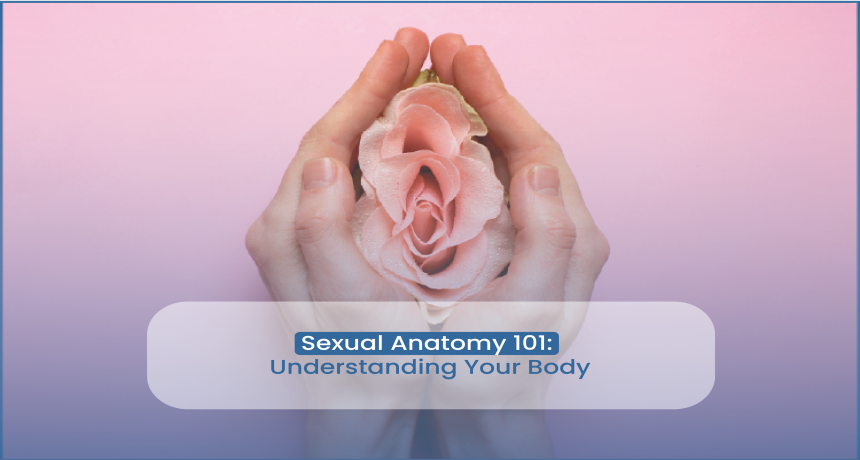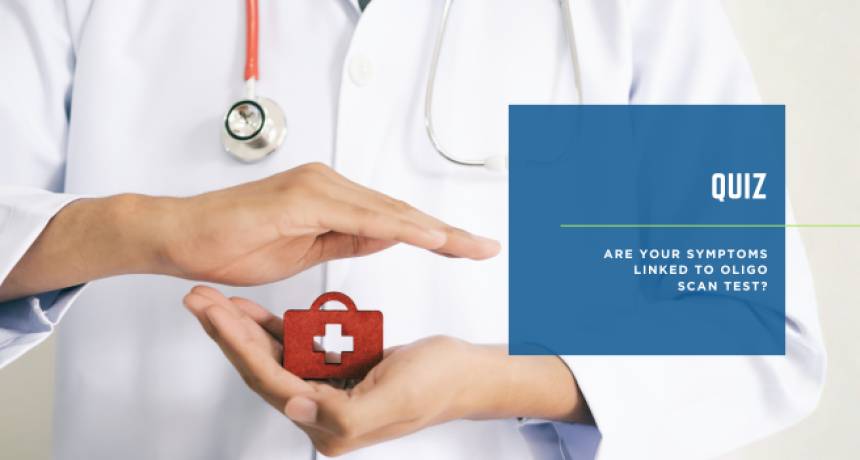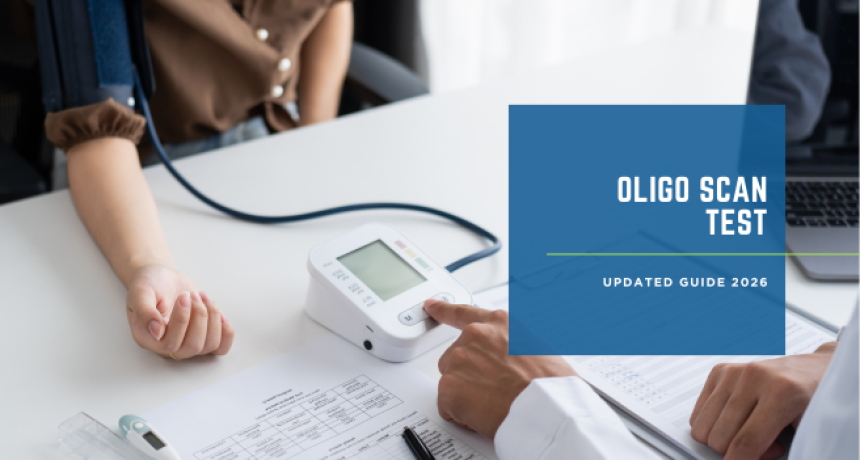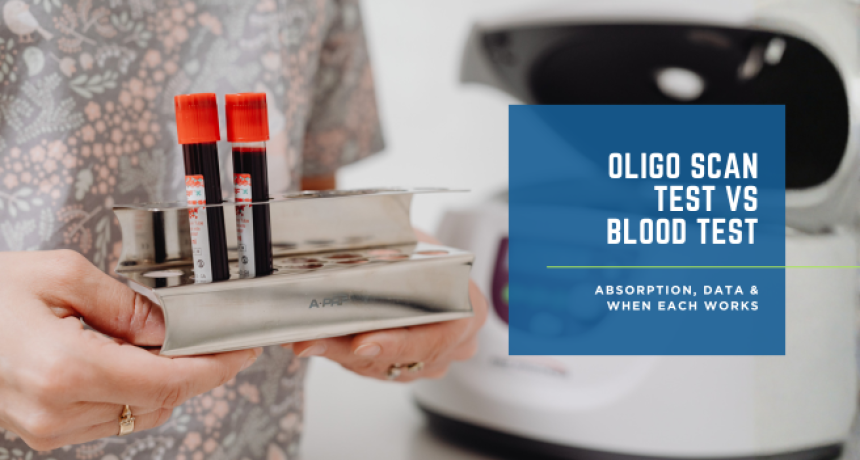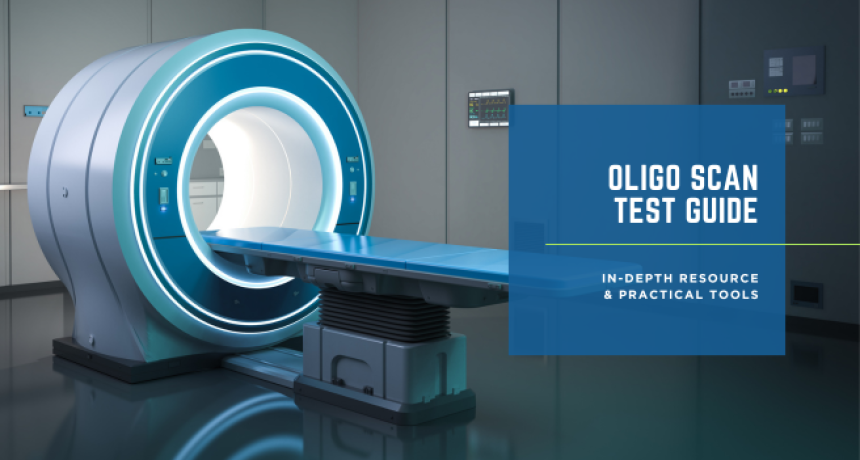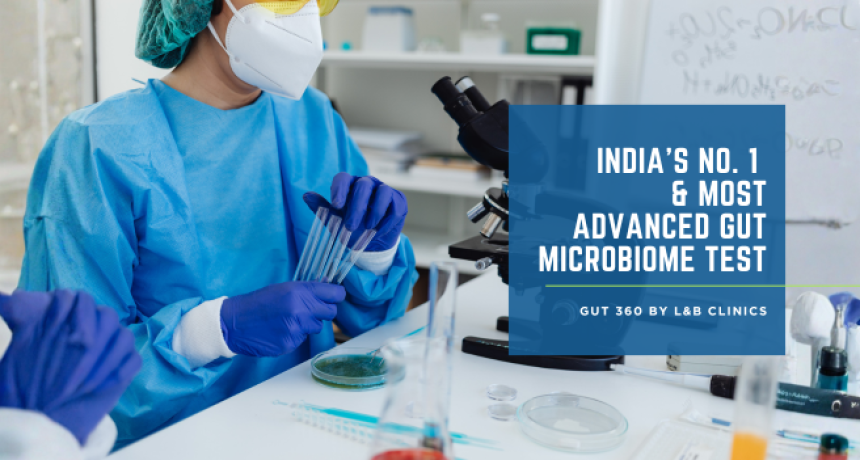Sexual Anatomy 101: Understanding Your Body
2025-07-15 People use their bodies every day but often have limited or confused knowledge about their anatomy, particularly their sexual and reproductive anatomy. Lack of understanding can lead to myths, fears, shame, and health complications that we could have had the potential to prevented. This blog is your one-stop shop for all things related to male and female sexual anatomy, reproductive anatomy, and how reproduction works, all simplified and humanized. Whether you're a curious teenager, an adult seeking clarity, or someone looking for better ways to communicate with a partner, this is for you. Knowing your sexual anatomy is about more than just sex. It's about: Taking charge of your health and well-being Building confidence in your body Understanding what is normal vs. when you need to see a doctor Having healthier relationships Making decisions about sex, protection, and family planning that are grounded in facts. Let's start by looking at what differs between male and female anatomy, and where they are the same. Male Sexual & Reproductive Anatomy The organs of the male reproductive system include organs that perform sexual functions (sperm reproduction) and urine expulsion. The reproductive organs consist of both external structures (structural distinctions attached to the body) and internal structures. Soft, flexible organ that friends can perform sexual stimulation. Used for urination and insemination. The glans (tip) of the penis is very sens;tive, it is covered by the foreskin if a man is uncircumcised. When a man releases ejaculate containing sperm from his penis, it is called semen. A pouch of skin containing the testicles (testes). Essentially, a temperature control system that manages temperature to make sperm by moving the testicle(s) closer to/from the body when necessary. The two oval-shaped structures residing in the scrotum are called testes, or testicles. They make sperm and testosterone (the primary male sex hormone responsible for body hair, a lower voice, and libido). At the back of each testicle is a tube called the epididymis. Sperm will mature here before being ejected during ejaculation. The tubes carrying sperm from the epididymis into the urethra. The prostate and seminal vesicles make sexual fluid, which, combined with sperm to create semen. Semen provides protection and energy to the sperm. The tube that runs the length of the penis - the Urethra. The urethra carries urine from the bladder and provides sperm during ejaculation, but not at the same time. The female reproductive system has more components and, as a result, is more complex than the male reproductive system. The female reproductive system includes external genitals (vulva) and internal organs that make menstruation, sexual activity, pregnancy, and childbirth possible. The vulva is often mistakenly called "the vagina." "Vulva" is the correct term. The labia majora (outer lips) and labia minora (inner lips) close off the vaginal opening and the urinary opening of the urethra. They differ in size, shape, and color -- which is perfectly normal. The clitoris contains sensitive tissue. It is located above the vaginal opening. The clitoris is packed with nerve endings, and it is the primary source of sexual pleasure for the majority of women. The clitoris gets erect with stimulation -- just like a penis. The urethral opening is found below the clitoris and is where urine leaves the body. The vaginal opening is below the urethral opening. The vaginal cavity can be utilized for sex, menstruation, and delivering a baby. A muscular, stretchy tube that is around 3–4 inches long (but can stretch). The vagina connects the vaginal opening to the cervix. It is self-cleaning and has a natural discharge that keeps it healthy. The lower part of the uterus looks like a tiny doughnut. It opens a little during menstruation, and opens a lot during childbirth. A muscular organ the size and shape of an upside-down pear. This is where the fertilized egg implants and the baby grows during pregnancy. Two thin tubes that connect the uterus to each ovary. This is where fertilization takes place — it is here that the sperm meets the egg. Two glands that are on each side of the uterus. They release eggs (ova) monthly and produce hormones like estrogen and progesterone. Let us walk through the process of how pregnancy takes place, step by step: Each month, a woman's ovary produces and releases an egg into one of the fallopian tubes. During the act of sex, when a man ejaculates, sperm travels into the vagina, through the cervix, and into the uterus. If a sperm encounters the egg that is waiting for it in the fallopian tube, that's fertilization. This is now called a zygote, as this is the first stage of a human embryo. Also Read: Top Sexual Health Supplements for Men & Women: Benefits, Myths & Science Understanding Changes in Your Body As we develop, our bodies develop - especially through puberty, adult life, and menopause (for women) or andropause (for men). Here are some examples: Changes in discharge, erections, or periods Growth of hair in new places Hormonal mood swings New sexual feelings or desires Keep in mind that these can all be normal features of life, and knowing what is happening with your body can make you feel more sane and less embarrassed. It's critical to speak to a healthcare provider if you experience: Unusual pain during sex or urination Lumps, sores, or swelling in the genitals Missed or abnormal periods Problems with erection or sudden loss of libido Unusual bleeding or changed discharge There is no shame in asking questions or seeking help. Your sexual and reproductive health is part of your overall health. There is no shame in sexual anatomy; it is a natural part of who you are. Knowing your own body allows you to: Take care of yourself Develop healthier relationships Make informed decisions about sex, protection, and fertility. We all have gender or cultural references to our sexual health, but learning about sexual health through a Sexual Wellness Program in Delhi is an empowering step toward self-awareness, confidence, and lifelong health.Why Is Sexual Anatomy Important?

External Structures
1. PeA soft
2. Scrotum
Internal Parts
3. Testes (Testicles)
4. Epididymis
6. Vas Deferens
7. Prostate and Seminal Vesicles
8. Urethra
Female Sexual & Reproductive Anatomy
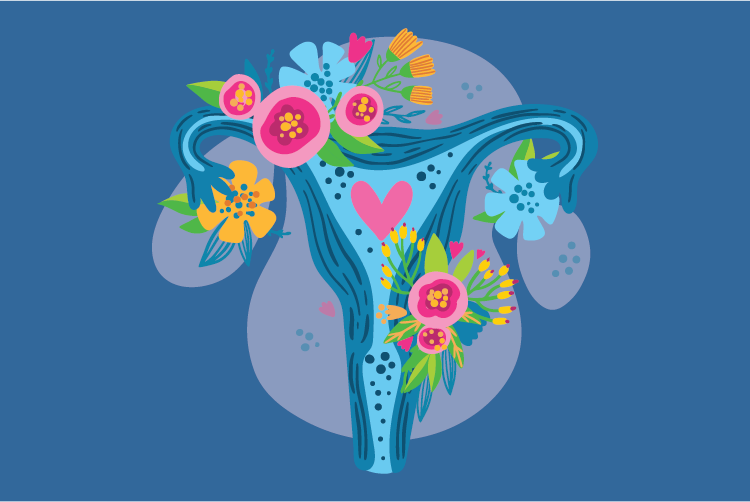
External Structures (Vulva)
1. Labia Majora and Minora
2. Clitoris
3. Urethral Opening
4. Vaginal Opening
Internal Parts
5. Vagina
6. Cervix
7. Uterus (Womb)
8. Fallopian Tubes
9. Ovaries
How Does Reproduction Work?

Step 1: Ovulation
Step 2: Intercourse or Insemination
Step 3: Fertilization
Step 4: Implantation
Common Myths & Truths
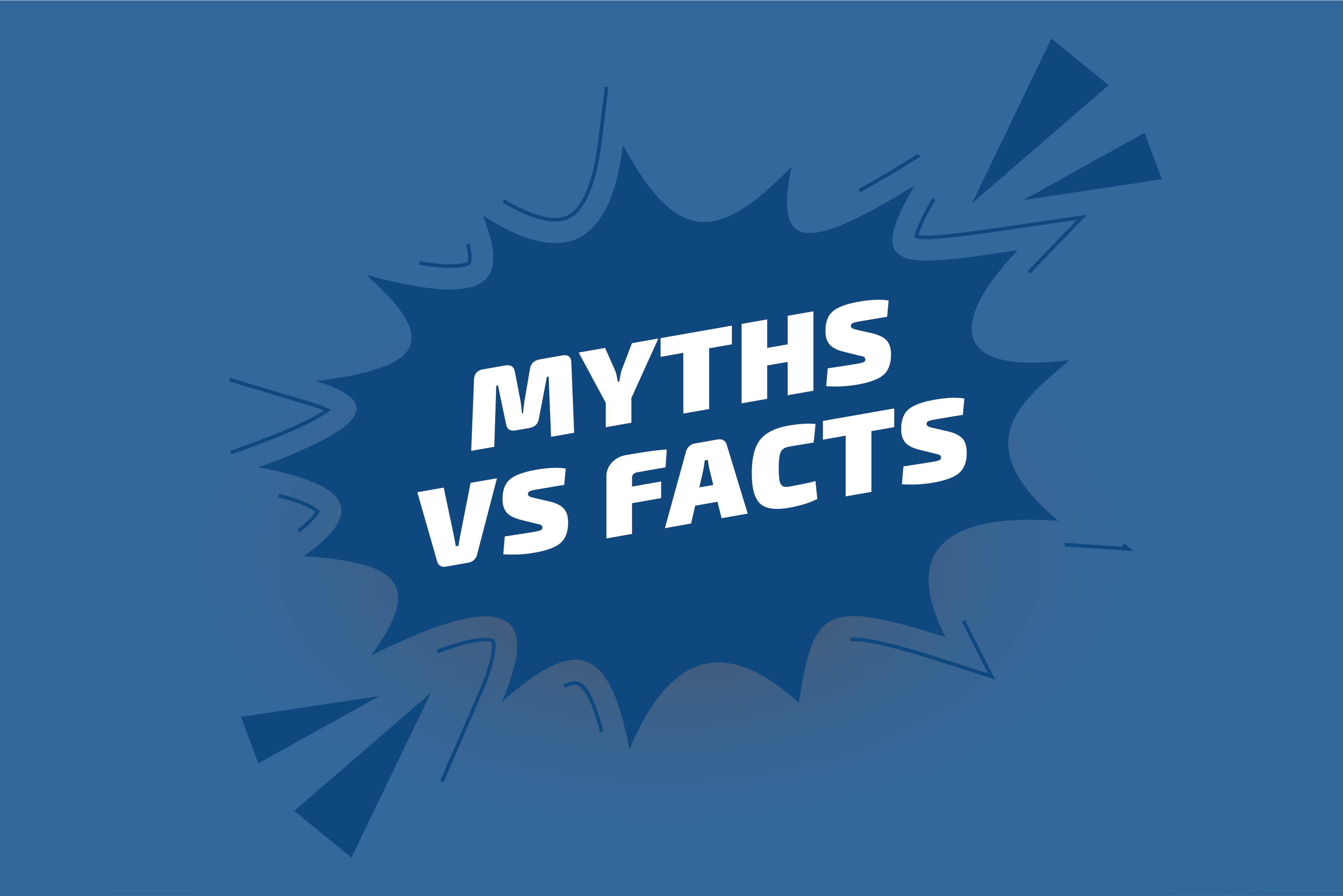
When to See a Doctor
Conclusion:
.png)
